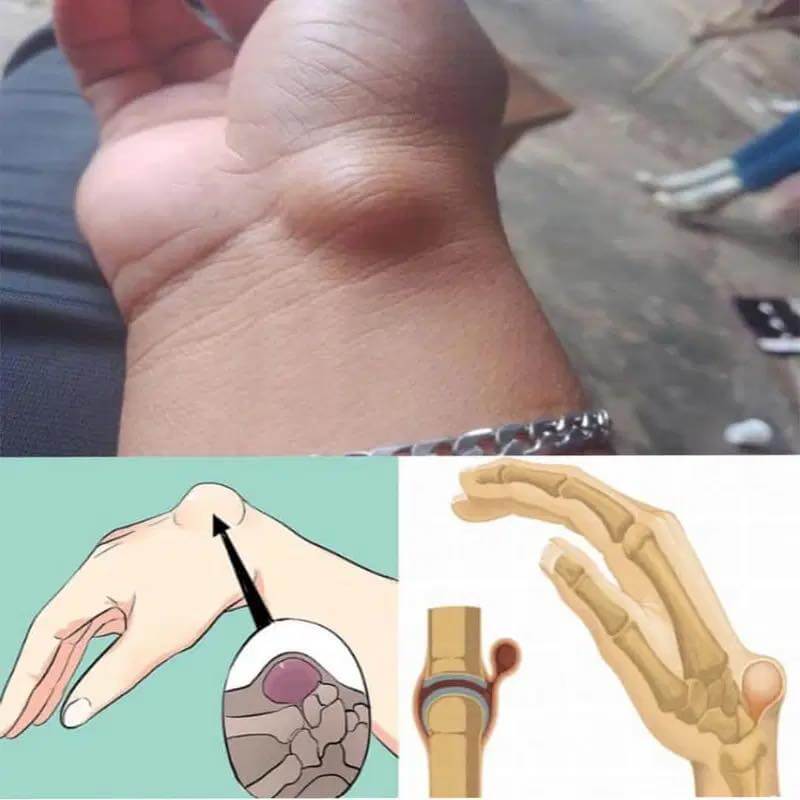A wrist ganglion, also called a synovial cyst, is a soft, fluid-filled bump that often develops on either the back or front side of the wrist. While it’s non-cancerous and typically harmless, it can cause discomfort and limit wrist movement in some individuals.
Why Do Wrist Ganglions Develop?
These cysts form when synovial fluid—responsible for lubricating joints and tendons—leaks out and collects in a sac or pouch beneath the skin. Though the exact cause isn’t always identifiable, certain factors can contribute to their formation:
Repetitive Wrist Activity
Daily activities that involve continuous wrist motion—such as typing, writing, or playing sports—can put strain on the wrist joint, increasing the risk of cyst development.
Previous Wrist Injuries
Trauma, sprains, or previous injuries to the wrist may trigger ganglion cysts to appear.
Arthritis
Individuals with osteoarthritis, especially affecting the wrist, are more susceptible to developing ganglions.
Genetic Predisposition
Some people inherit a tendency to develop synovial cysts, suggesting a hereditary link.
Common Symptoms of Wrist Ganglion
Ganglions can range in size and may fluctuate over time. They are generally harmless but can come with a range of symptoms, including:
- A noticeable lump or bump on the wrist
- Pain, especially with movement
- A feeling of tightness or pressure around the joint
- Numbness or tingling if the cyst compresses nearby nerves
Treatment Options for Wrist Ganglions
The approach to treatment depends on how much the cyst affects your comfort and mobility. Here are the most commonly recommended options:
1. Watchful Waiting
If the ganglion isn’t painful or interfering with daily activities, doctors may advise monitoring it. Many cysts resolve on their own without intervention.
2. Wrist Immobilization
Wearing a brace or splint can ease strain on the joint, which may help the cyst reduce in size or prevent further growth.
3. Needle Aspiration
In this procedure, a healthcare professional uses a sterile needle to draw out the fluid. While effective in the short term, there’s a chance the cyst could return.
4. Surgical Removal
If the cyst is painful, interferes with wrist function, or recurs after aspiration, surgical removal may be necessary. This method offers a lower recurrence rate compared to non-surgical options.
Final Thoughts
Though wrist ganglions are benign and often painless, they can still affect your daily life. Understanding the causes and knowing your treatment options will help you manage the condition effectively. If you notice a lump or are experiencing discomfort, consult a healthcare provider to explore the best course of action.
